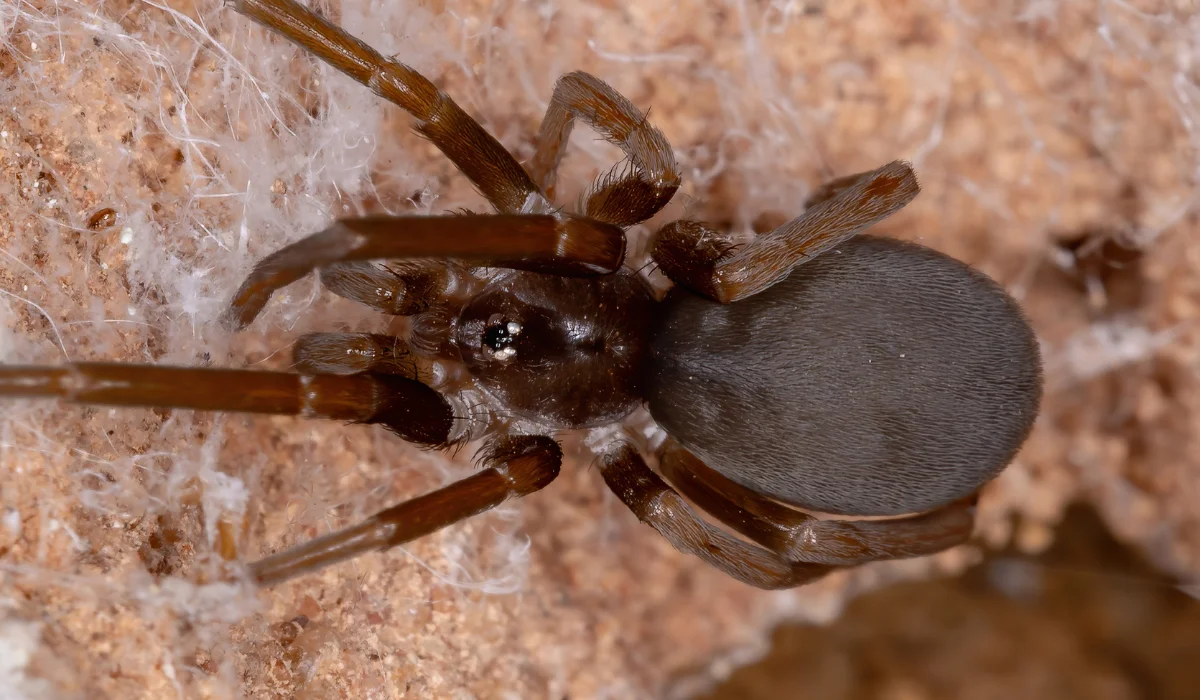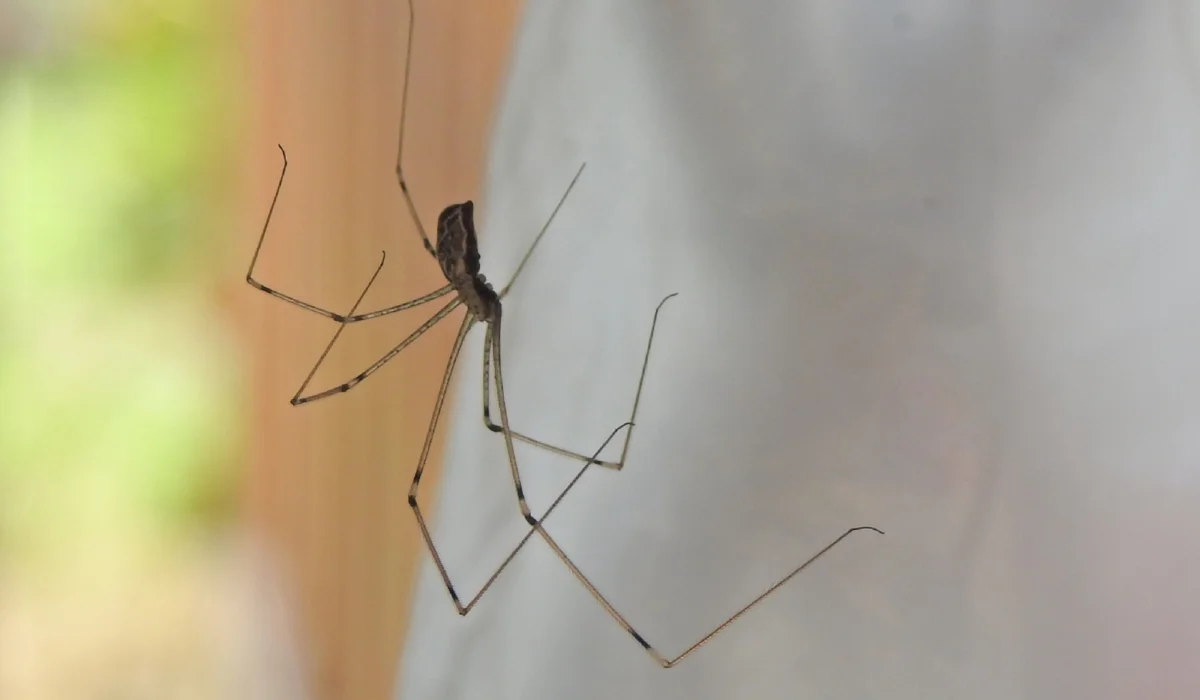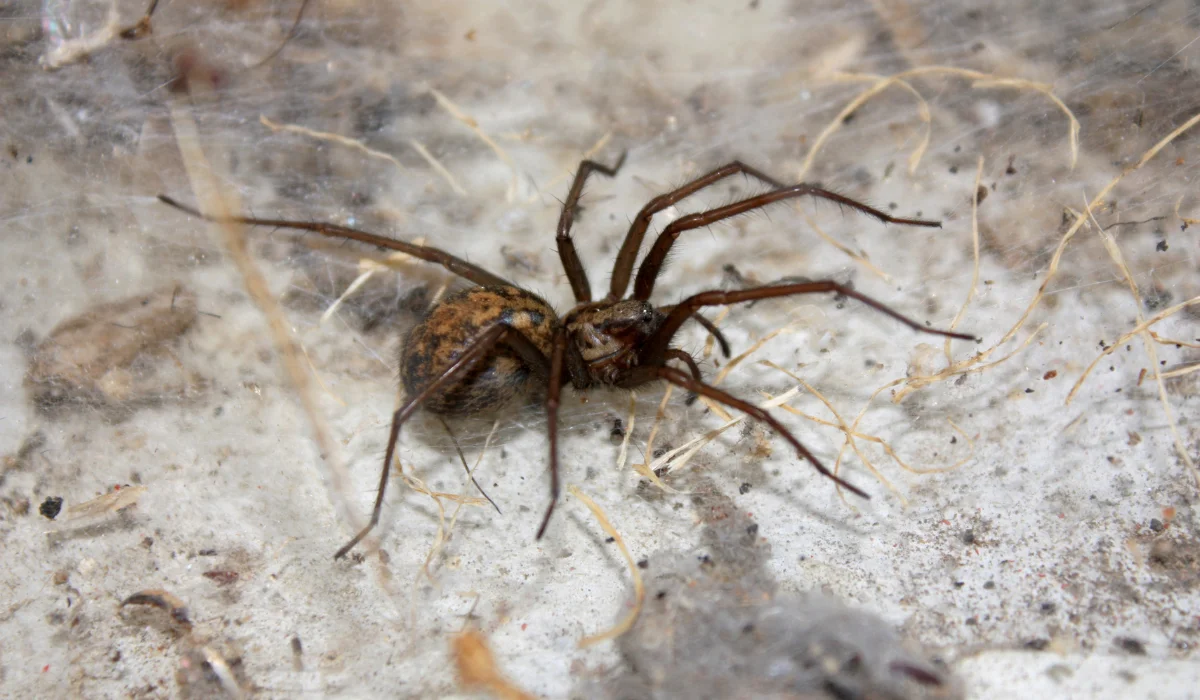Seeing Double? 5 Common Spiders That Look Like Brown Recluses
If you’ve ever spotted a brown spider in your home and thought, “That has to be a brown recluse,” you’re not the only one. The brown recluse spider has a scary reputation. But the truth is, it is rare in most places, including South Florida. The problem? There are lots of spiders that look like it.
These brown recluse look-alikes share similar colors and live in places like basements, attics, and garages. Let’s go over five spider species often confused with recluses, and how to tell them apart.
Key Takeaways
- Brown recluse look-alikes are common and often confused with the real brown recluse spider found ina few areas.
- Southern house spiders and cellar spiders are harmless types often found in garages, attics, closets, and crawl spaces.
- Woodlouse spiders, hobo spiders, and common house spiders may bite, but do not cause serious spider bite symptoms.
- Spider sightings in the home can mean an infestation, and pest control helps safely identify and remove any spiders.
1. Southern House Spider

This is one of the most common brown spider types in Florida.
Southern house spiders often show up in garages, attics, closets, and wall crevices—pretty much anywhere quiet and dark. They’re arachnids that are often mistaken for recluses because they’re the same color and size.
But there are differences.
Brown recluses have six pairs of eyes in a specific pattern, while southern house spiders have eight eyes grouped closely together. They also don’t have the violin-shaped marking on the cephalothorax (that’s the front part of a spider’s body).
These spiders may look creepy, but they’re not dangerous.
2. Cellar Spider

You might know these as “daddy longlegs.” They’re the skinny spiders that build webs in basements, crawl spaces, and under furniture. They are light brown or gray and often mistaken for baby recluses.
Cellar spiders have long legs and small bodies, and they stay near their webs. While they live in similar areas, they don’t look much like a fiddleback when you get up close.
Plus, they are harmless to humans and don’t bite.
3. Woodlouse Spider
The woodlouse spider has a reddish body and a tan or brown back, which makes it look like a recluse at first. It also hangs out in woodpiles, under rocks, and sometimes near homes.
It has large fangs (called pedipalps) that help it hunt arthropods like pillbugs. But it doesn’t have the violin marking that a recluse does.
And while it can bite if handled, it won’t cause serious damage like a brown recluse spider bite can. You might feel pain, but you won’t get the kind of lesions or necrosis a recluse might cause.
4. Hobo Spider

The hobo spider lives mostly in the Midwest, Arizona, and parts of the Pacific Northwest. It’s a solid brown spider with few markings. Some people think it’s dangerous, but studies in entomology show that its bite doesn’t usually cause serious harm.
These arachnids build funnel webs and stay low to the ground, often in crawl spaces or near foundations. While they are sometimes confused with recluses, they are a different kind of spider found in other parts of North America.
5. Common House Spider

This type of spider is found in homes all over the country. The common house spider is small and dark brown with patterns or banding on its body. It usually spins messy webs in corners and hides with its egg sacs.
Even though people often confuse them with recluses, they’re different in shape.
It has a rounder body and doesn’t have the violin shape. These weavers also catch pests like mites and flies, which actually makes them helpful in some cases.
What Should You Do If You See a Brown Spider?
Not all spider bites are dangerous, but if you see a spider you think might be a recluse—especially if it’s hiding in attics, closets, or basements—it’s smart to be careful. Most of the time, it’s not a brown recluse. But if you’re seeing a lot of spiders, that could be a sign of an infestation.
At Native Pest Management, our team knows how to tell the difference between spider species. Whether you’ve found a spitting spider, a wolf spider, or a harmless orb weaver, we’ll figure out what’s going on and take care of it. We provide safe and effective pest control that helps protect your home from all sorts of creepy crawlers.
If you’re worried about pest management or want a spider inspection, give us a call. We’ll make sure your home is safe—and spider-free.
